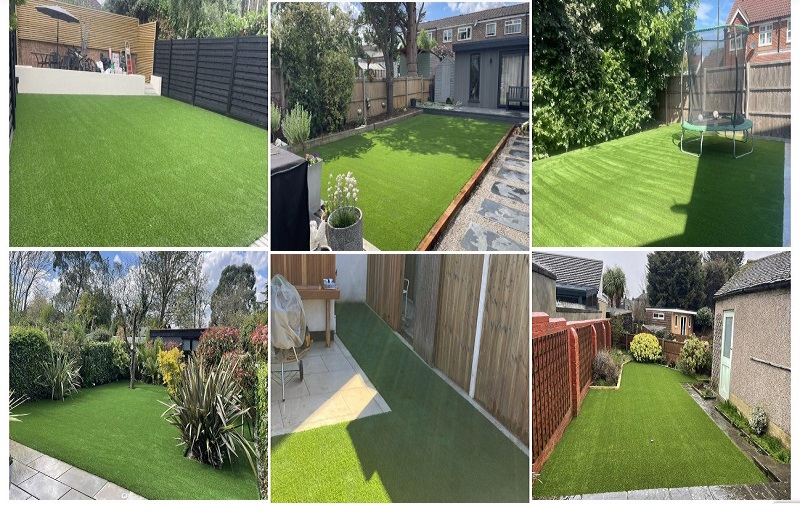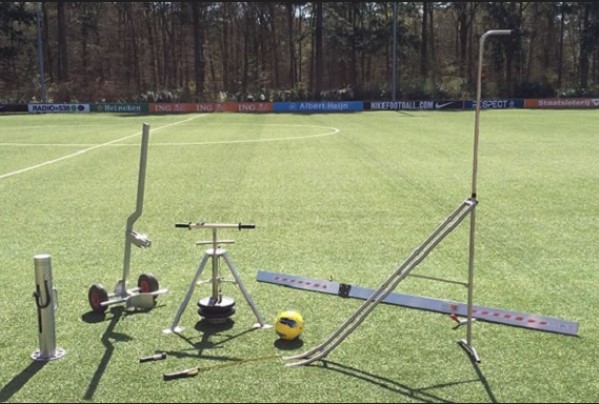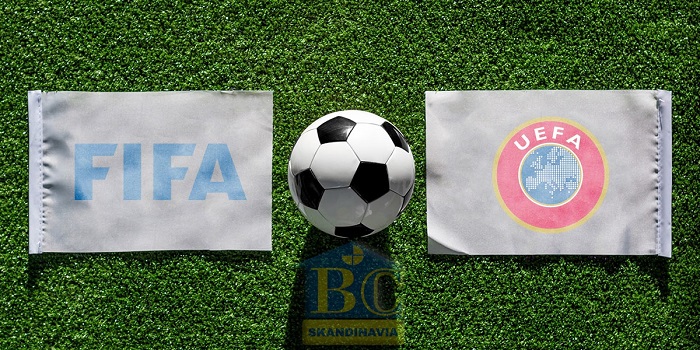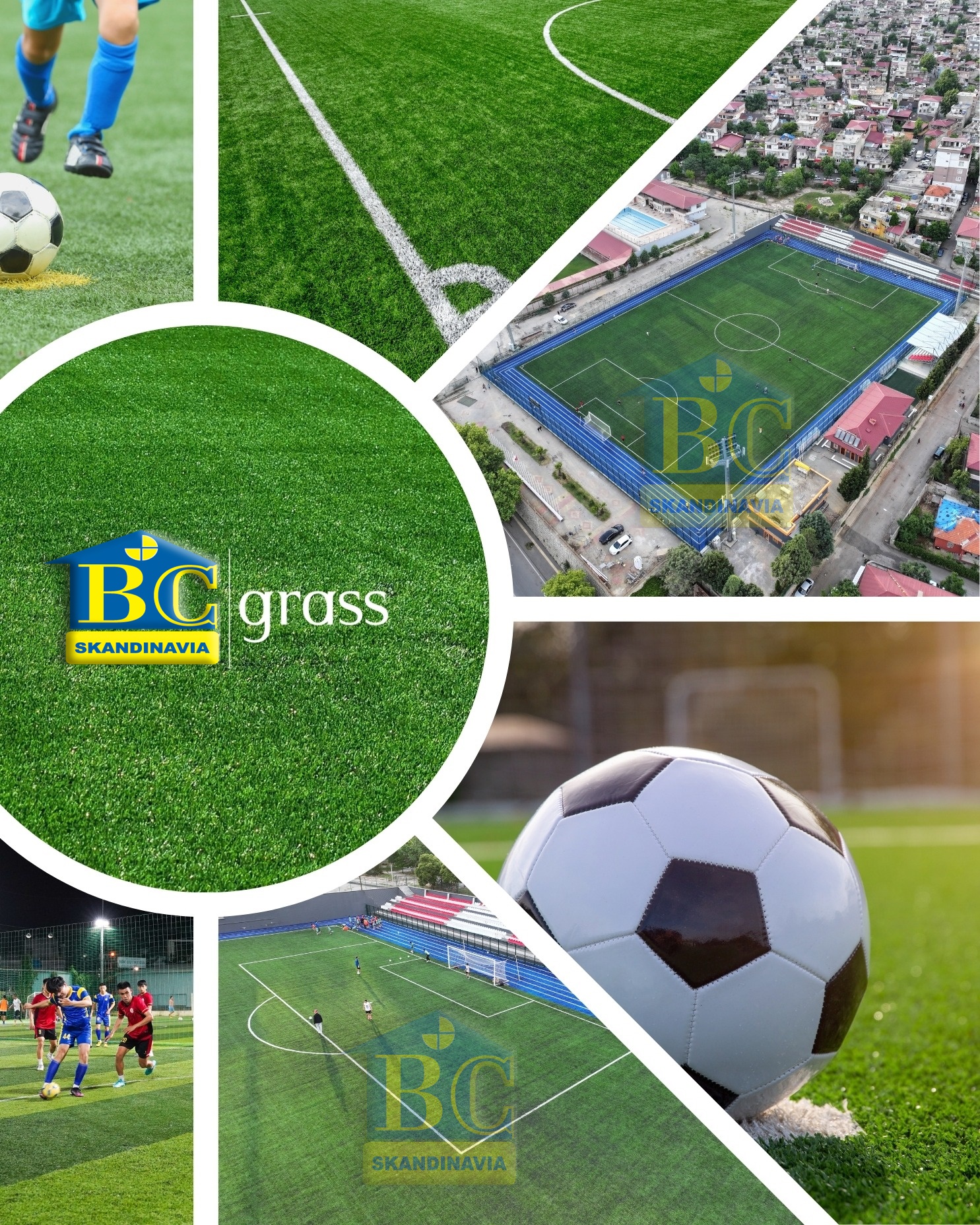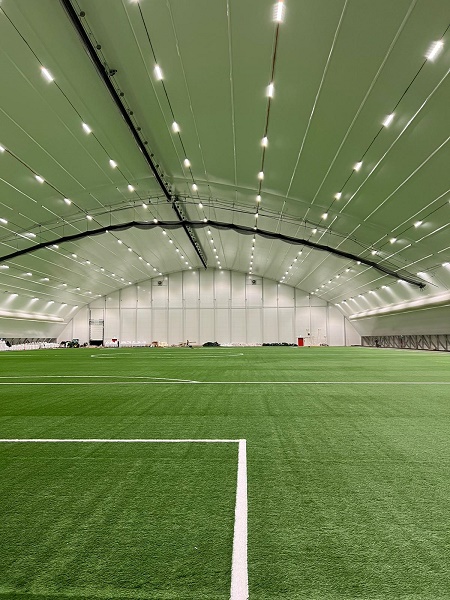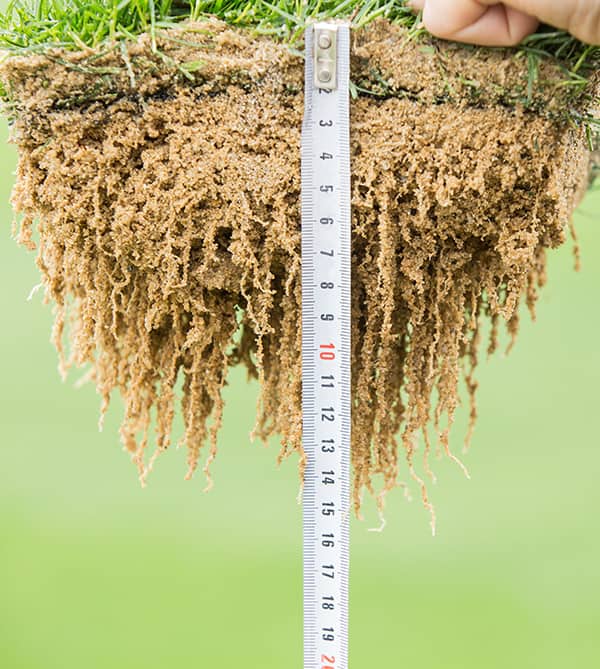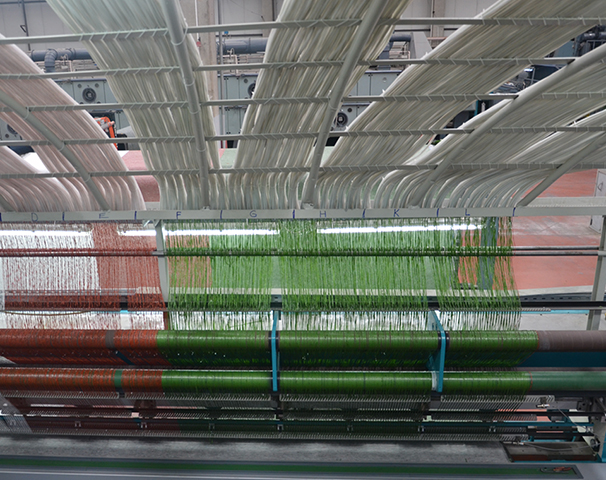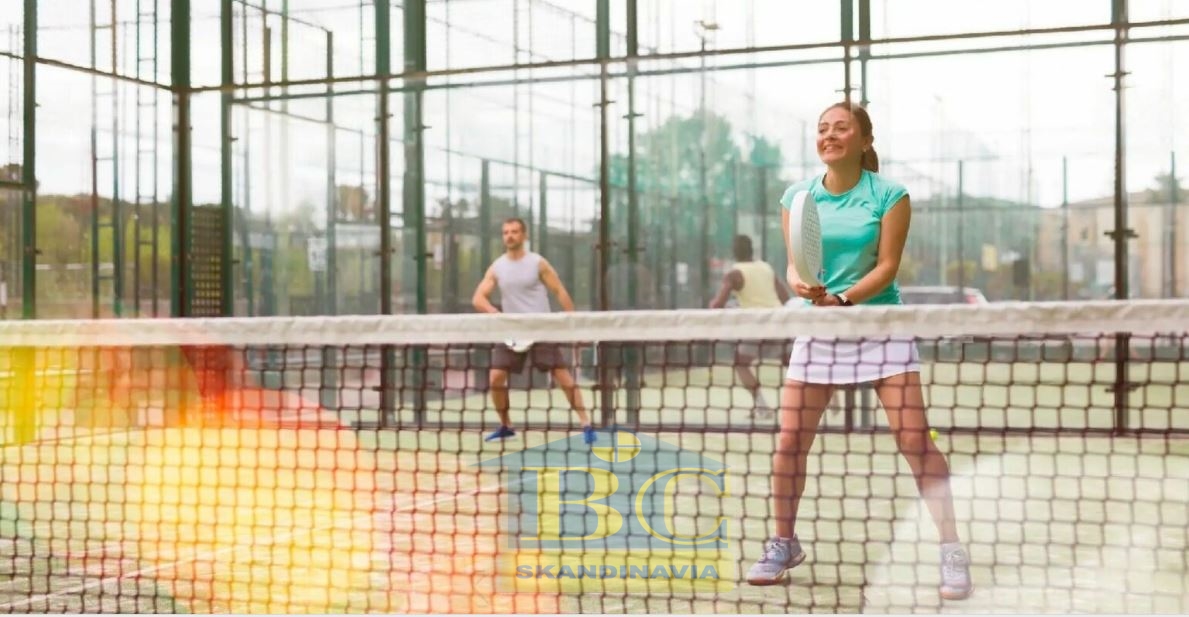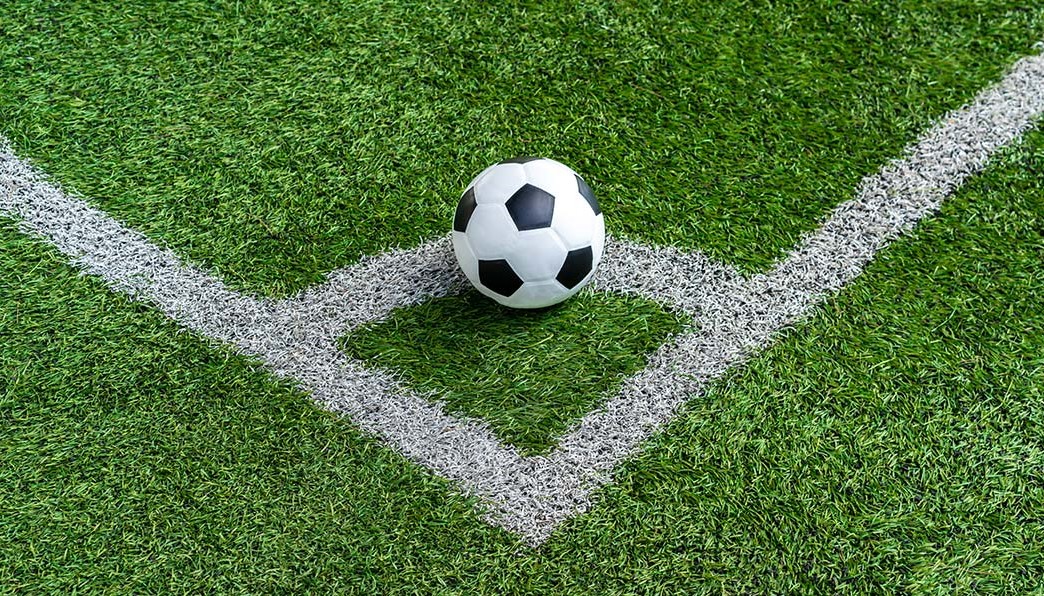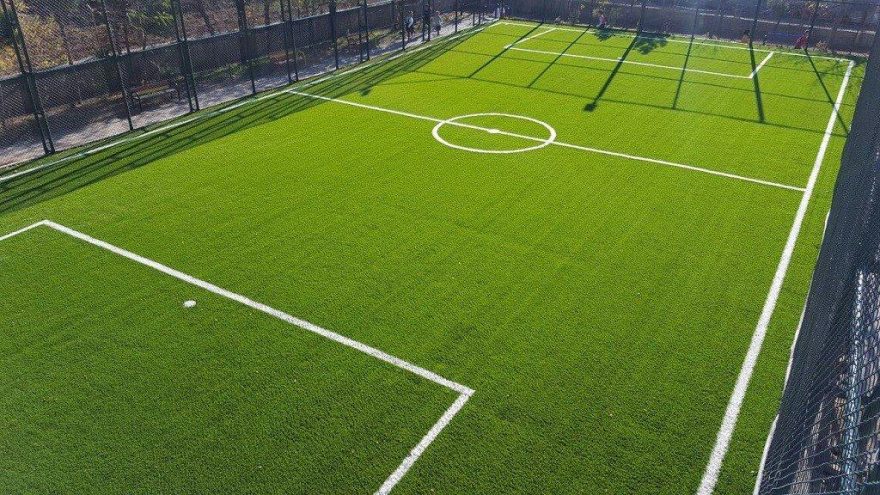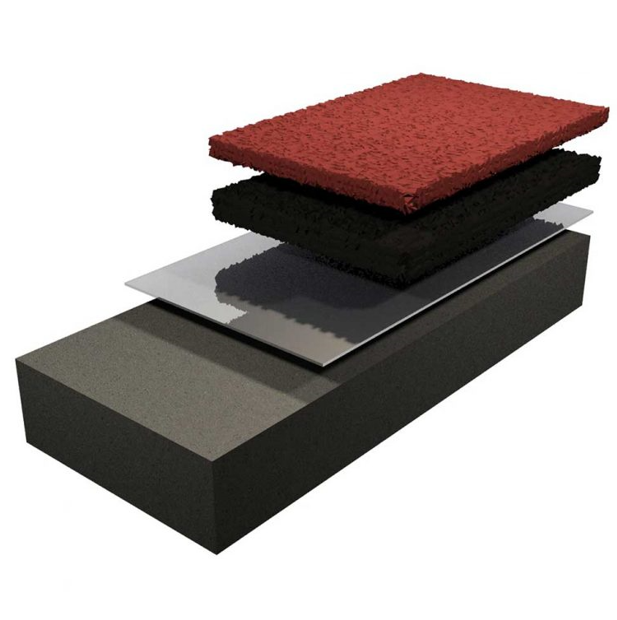Many types of floors can be used on the floors of football fields. But the most used type of grass can be called synthetic or artificial grass.
Artificial turf, which is not much different from normal turf, prevents the feet of the players on the field from slipping.
Therefore, athletes do not face any problems. Due to its flexible structure, there is no problem in case of possible injury.
The performances of both amateur and professional athletes are also not affected much.
Although artificial grass is not a natural product, it does not pose a threat to human health.
Synthetic turf is very easy to arrange, maintain and clean.
Since it does not have a completely natural structure, insect and pest problems are not encountered.
There is no need for sand compared to classical natural grass. Artificial turf is a highly preferred type, especially in football fields.
Artificial turf, which is generally used in fields established for commercial purposes, can be used safely and easily in many different areas such as schools and gardens.
Artificial Grass Application Steps in Fields
Artificial turf, which is very similar to natural grass, can be used in all areas where grass does not grow and looks bad.
No special maintenance or cleaning is required. It can be used for a long time without wearing out and losing any of its originality. It is a product that can be used for almost 10 years. When the plan and size are determined, the ground excavation should be taken and brought to the zero code as a priority process when constructing artificial grass-based sports fields.
For the beam formwork, the foundation should be dug on the ground of the field.
The dimensions of the perimeter beam concrete are also engaged (connected) around the field. Special geotextiles (permeable fabrics capable of separating, filtering, reinforcing, protecting or draining when used with soil) are bundled into excavated drainage channels.
The process called bundling can be briefly defined as wrapping the building foundation as a whole with a membrane (a membrane selective barrier) layer. Drainage pipes cut in suitable lengths are laid.
After the drainage pipes are laid, the drainage pipes are connected to the foundation drainage.
The excavated drainage pipes can be filled with filter material in the form and ratio sufficient to the drainage channels.


